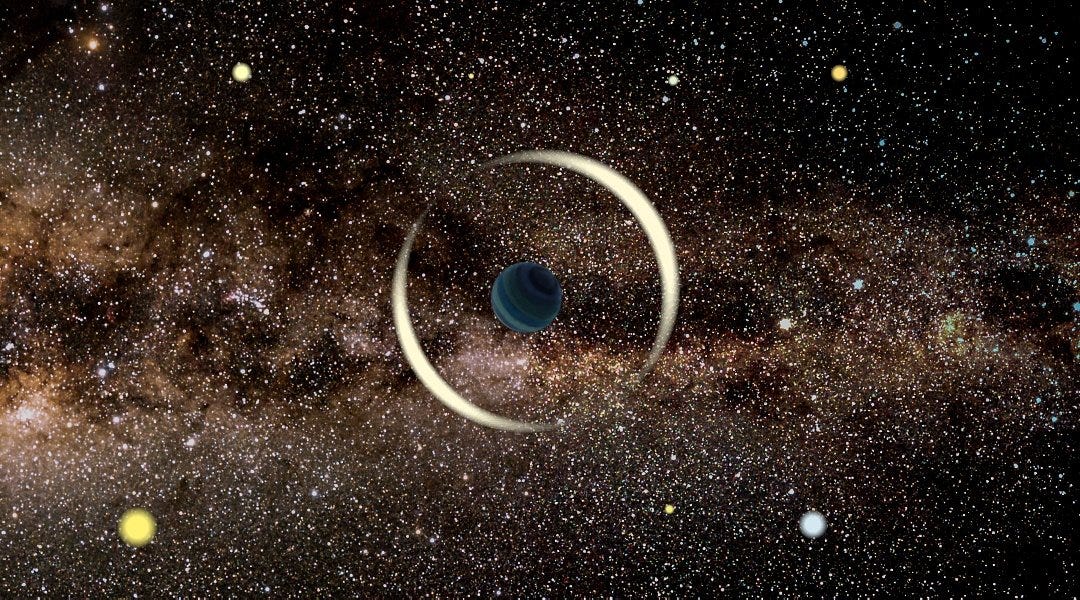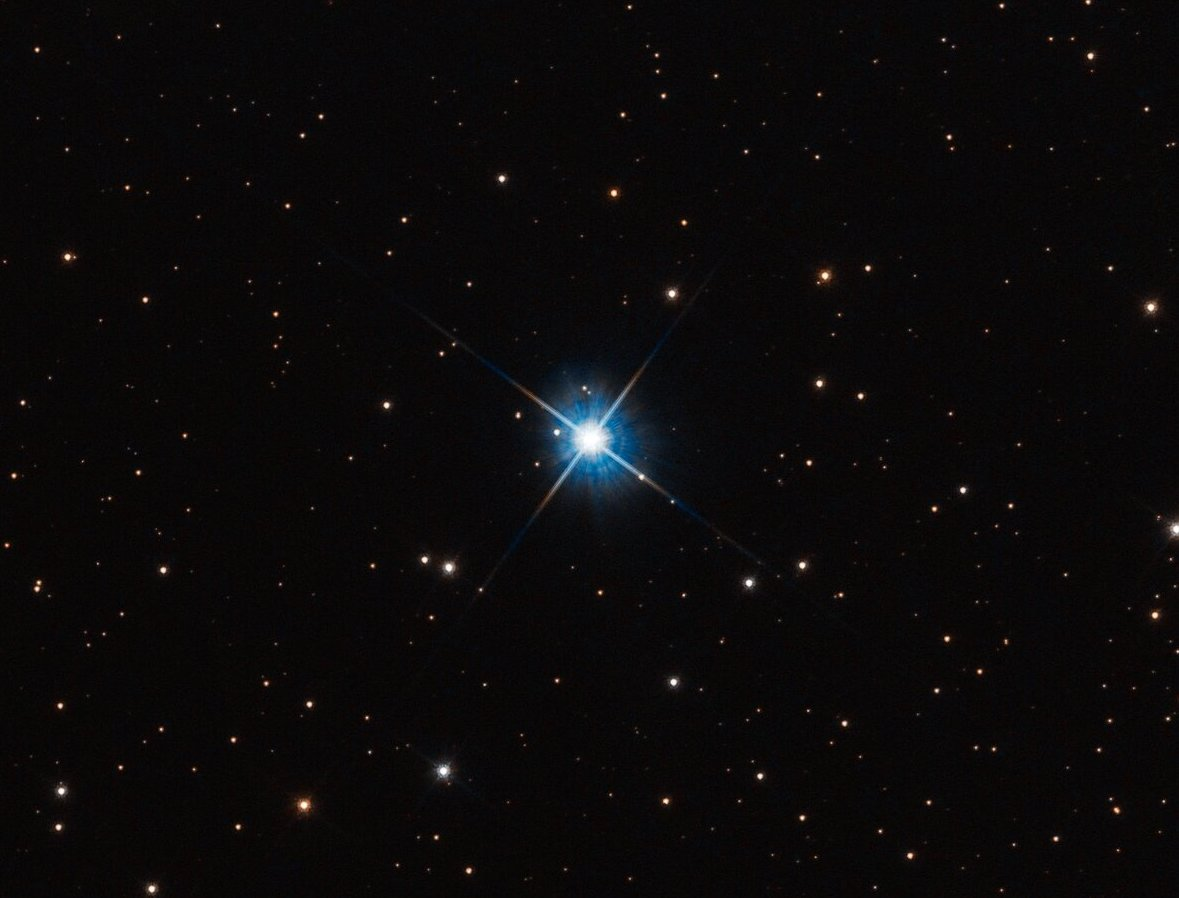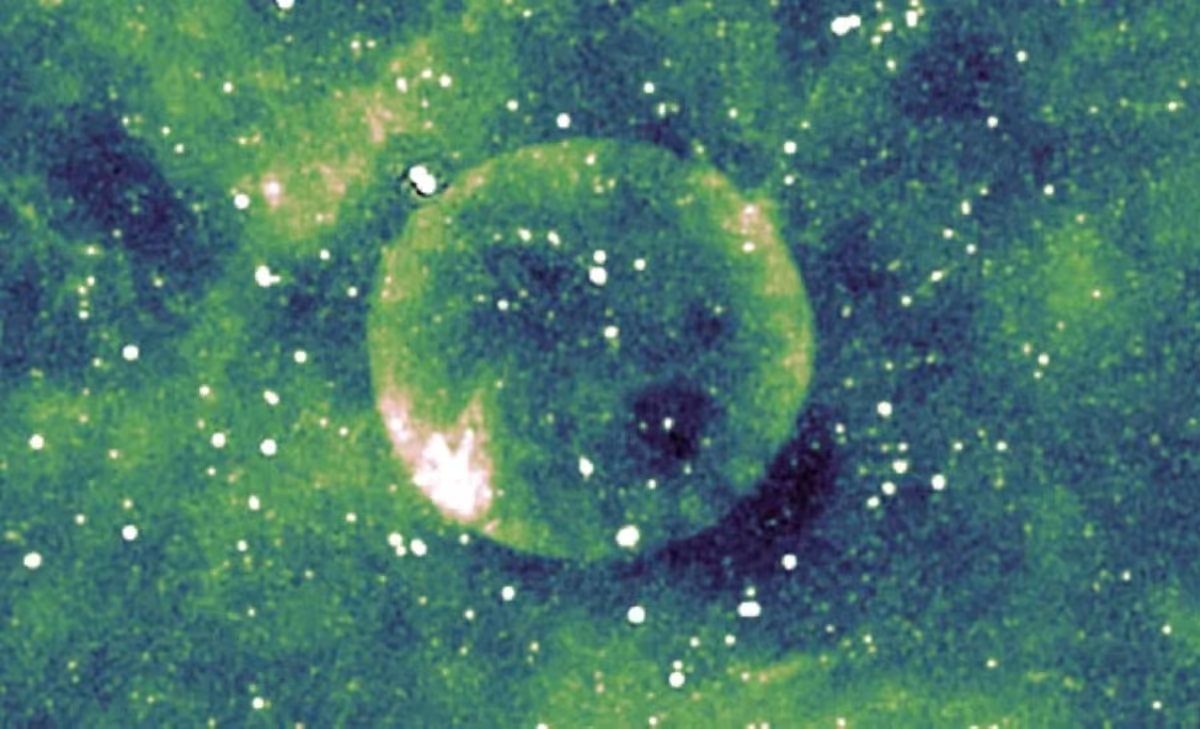Rogue planets are one of the most intriguing and mysterious phenomena in space. These planets, which wander through the galaxy without being tethered to any star, challenge our understanding of planetary formation and the dynamics of the universe. Unlike typical planets that orbit stars, rogue planets are ejected from their solar systems due to gravitational interactions or may have never formed around a star at all. These celestial wanderers travel through the dark void of space, often at incredible speeds, without the warmth or light of a star to sustain them.
Scientists first discovered the possibility of rogue planets in the 1990s, and their existence has since been confirmed through a variety of methods, including gravitational microlensing. In essence, when a rogue planet passes in front of a distant star, it can bend and focus the light from that star, allowing astronomers to detect the planet’s presence. Though these planets are hard to observe directly due to their lack of a bright star, researchers estimate that there could be as many rogue planets as there are stars in the Milky Way, making them a common feature of our galaxy.
The discovery of rogue planets raises fascinating questions about the origins and survival of these planets. Could they harbor life, or are they too cold and distant? Could they have been captured by other stars, or are they forever lost in the interstellar void? As scientists continue to study these enigmatic objects, the mystery of rogue planets challenges our understanding of the cosmos and how planetary systems form and evolve.





